GSP Insurance Group Blog |
Definition of Homeowners Insurance DeductiblesHomeowners insurance deductibles are the out-of-pocket expenses that policyholders are responsible for paying before their insurance coverage kicks in. When a claim is made for damage to the home or personal property, the deductible is deducted from the total claim amount, and the insurance company covers the remaining balance. It is worth taking into consideration that when it comes to insurance, the deductibles can vary significantly depending on the provider and the specific plan that is being offered. It is important to carefully review the terms of your policy and understand the details of your deductible in order to make informed decisions regarding your coverage. Homeowners insurance deductibles are classified into three main types: all other peril (AOP), wind/hail, and named storm uncovered deductibles. AOP deductibles are applicable to all covered perils, such as fire or theft, whereas wind/hail deductibles specifically apply to damage caused by windstorms or hail. Named storm deductibles, on the other hand, typically apply to damage caused by hurricanes or other severe storms that are specifically named in the policy. It's important for homeowners to understand their deductible options and choose one that fits their budget and needs. While higher deductibles can result in lower insurance premiums, it's important to weigh the potential savings against the potential out-of-pocket costs in the event of a claim. Types of Homeowners Insurance DeductiblesWhen it comes to homeowners insurance, deductibles play a crucial role in determining your out-of-pocket expenses in the event of a claim. There are different types of deductibles that you need to be aware of to ensure you have proper coverage. 1. Standard Deductible: This is the most common type, where you pay a fixed amount (e.g., $500 or $1,000) before your insurance carrier contributes towards the claim. In Coastal Areas like Bluffton/Hilton Head, we tend to see ($1,000 and $2,500 in Bluffton/Off of the island) and tend to see higher ($2,500 and $5,000 + Deductibles on Hilton Head) 2. Percentage Deductible: Instead of a fixed amount, a percentage of your insured property value is deducted. In the event that you file a claim with your insurance company, it's worth noting that your policy is valued at $300,000 and comes with a 2% deductible. This means that you'll be responsible for paying $6,000 out of your own pocket before the insurance company will cover the remaining costs. It's always a good idea to be aware of your policy's terms and conditions to avoid any unexpected expenses in the future. This is becoming more common for AOP Deductibles with many carriers currently in our area. 3. Specific Deductibles: Some perils may require separate deductibles due to their unique risks. For instance: - Hurricane Deductible: This deductible is triggered when a hurricane is categorized as a named storm. It is common in coastal areas prone to hurricanes and can range from 2% to 10% of the insured property value. - Windstorm/Hail Deductible: Certain regions with high wind or hail risks may have separate deductibles specifically for these perils. It is common in coastal areas and can range from 2% to 10% of the insured property value. - Flood Insurance Deductible: Flood damage is generally not covered by homeowners insurance, so separate flood insurance policies are required. These policies have their own deductibles. The requirement for these separate deductibles depends on the intensity of the storm or the risk of damage in specific areas. For example, hurricane deductibles are common in states along the Gulf Coast and the Atlantic Coast, such as Florida and South Carolina. Understanding the different types of homeowners insurance deductibles is crucial to ensure you have the right coverage for your property and are prepared for potential out-of-pocket costs in the event of a covered claim. It is important to review your policy and discuss with your insurance agent to determine the deductible options that best suit your needs.
0 Comments
What Are Some Common Reasons for Non-Renewal?Is your homeowners' insurance policy at risk for non-renewal? This can happen for a variety of reasons, and it's crucial to be aware of them so you can take timely action. This has become a frequent occurrence, not only in Beaufort County and South Carolina but across the country, as insurance carriers are pulling back from disaster-prone areas, particularly coastal regions. Other companies are reorganizing or even liquidating, adding to the trend of non-renewals.
A failed home inspection is a common reason for non-renewal. If your property doesn't meet the insurance company's safety standards due to issues like faulty wiring or an aging roof, you might receive a non-renewal notice. Residing in areas at high risk for natural disasters is another significant factor. Insurance companies are increasingly cautious about providing coverage in zip codes prone to frequent natural disaster-related claims, such as hurricanes, earthquakes, or wildfires. Fraudulent information on the application can also result in non-renewal. If material misrepresentations or false details are discovered, the insurer has the option to either cancel or non-renew the policy. Understanding your policy's terms and conditions is essential to avoid such situations. Should you receive a non-renewal notice, consider reaching out to an independent agent who can help you find a suitable new insurance provider. By maintaining a clean claims history and ensuring that your property is in good condition, you can bolster your chances of policy retention. Stay informed and proactive to secure the coverage you need. 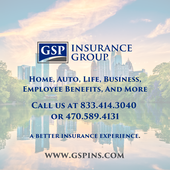 Introduction As a landlord, it is essential to protect your investment and ensure the well-being of your tenants. One way to achieve this is by requiring tenants to have renters' insurance. Renters' insurance provides coverage for tenants' personal belongings and offers liability protection. In this article, we will discuss the requirements that landlords should have for tenants' renters' insurance policies, emphasizing what that means for landlords and property owners in Georgia and South Carolina. 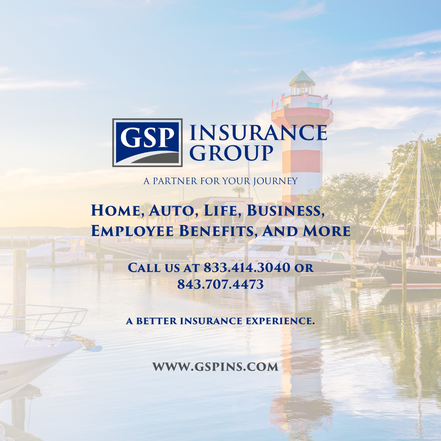 Introduction South Carolina, a state known for its picturesque landscapes and welcoming communities, is currently facing unprecedented challenges in the home and auto insurance market. Within this vibrant state, Beaufort County has emerged as a battleground where residents are grappling with the impact of rising insurance rates. Across the board, homeowners and drivers are witnessing an alarming increase in premiums. Additionally, the market is witnessing a growing trend of carriers either withdrawing altogether or implementing stricter underwriting guidelines and higher down payment requirements. This phenomenon has earned the title of the "hardest insurance market" in a generation across the country. In this blog article, we will delve into the state of the home and auto insurance market in Beaufort County, explore the factors contributing to the difficulties, and provide insights on how to navigate this challenging landscape. 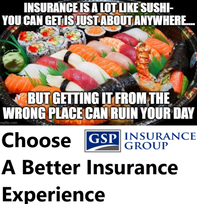 An attractive nuisance is a term used in insurance and legal circles to describe a dangerous condition on a property that may attract children and cause harm or injury. This could be anything from a swimming pool or trampoline to a construction site or abandoned building. In this blog post, we will take a closer look at what an attractive nuisance is, why it matters in insurance, and how property owners can protect themselves. 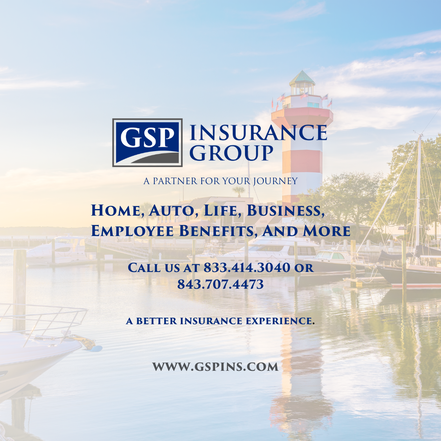 Insurance is an important aspect of life that helps protect us from financial losses due to unforeseen circumstances. When it comes to home and auto insurance, your insurance score plays a significant role in determining your insurance rates. In this article, we will discuss what an insurance score is and how it affects your home and auto insurance rates. 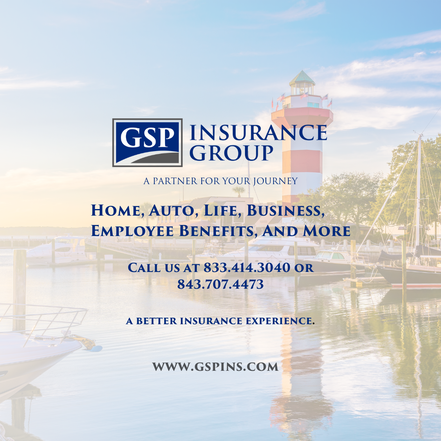 I find myself answering this question several times a week to explain to clients and prospects the difference between Admitted & Non-Admitted Insurance Carriers. In the world of insurance, there are two types of carriers: admitted and non-admitted. Both are important players in the insurance market, but they differ in several significant ways. In this blog post, we will explore the differences between admitted and non-admitted insurance carriers and their importance in the insurance industry. 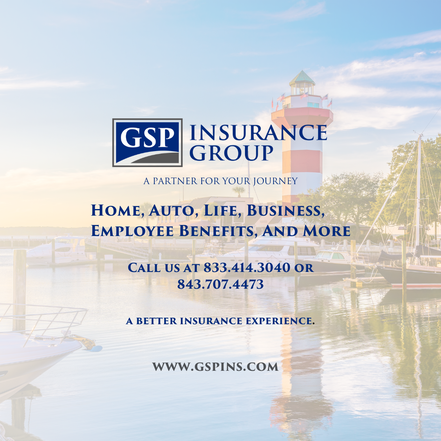 South Carolina's beautiful coastal region has always been a prime location for homeowners looking to enjoy the stunning beaches and year-round sunny weather. However, this picturesque region has faced its share of natural disasters, including hurricanes, flooding, and severe storms, leading to a significant impact on the coastal home insurance market. Over the past few years, South Carolina's coastal insurance market has undergone some significant changes. Let's take a closer look at the current state of the coastal home insurance market in South Carolina. Homeowners insurance is a type of insurance that provides protection for your home and personal property in the event of damage or loss from certain perils, such as fire, windstorm, and theft. It also provides liability coverage in the event that someone is injured on your property and sues you.
When you're looking for home insurance, it's important to understand that there are different types of coverage available, such as dwelling coverage, which covers the structure of your home, and personal property coverage, which covers your personal possessions. You should also consider additional coverage options, such as flood insurance or umbrella insurance, depending on your specific needs and the risks in your area. A hard market in insurance refers to a period of time when insurance companies are less willing to underwrite policies, often due to increased claims or losses. As a result, premiums tend to be higher, and coverage may be harder to obtain. During a hard market, insurance companies may also be stricter in their underwriting criteria and may limit the amount of coverage they are willing to provide. This situation is the opposite of a soft market, which is characterized by increased competition among insurance companies and lower premiums.
Additional factors that are increasing rates for coastal properties are the fact that 6+ insurance companies writing coastal homes went bankrupt in 2022. This combined with other traditional factors, or a hard market leads to increased premiums and less carrier options for your home, auto, and business insurance. Independent Agents like GSP Insurance Group and our clients are slightly less impacted by this as we work with over 50+ carriers to always find our clients the best options and value. |
Contact Us(843) 707-4473 Archives
February 2024
Categories
All
|

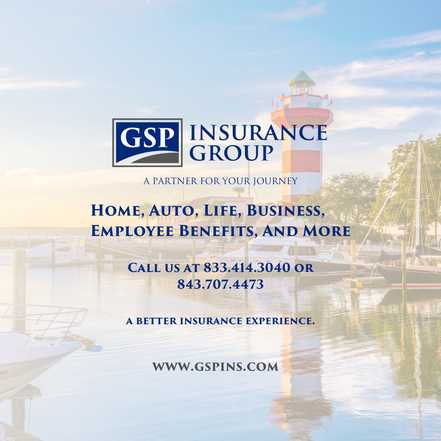
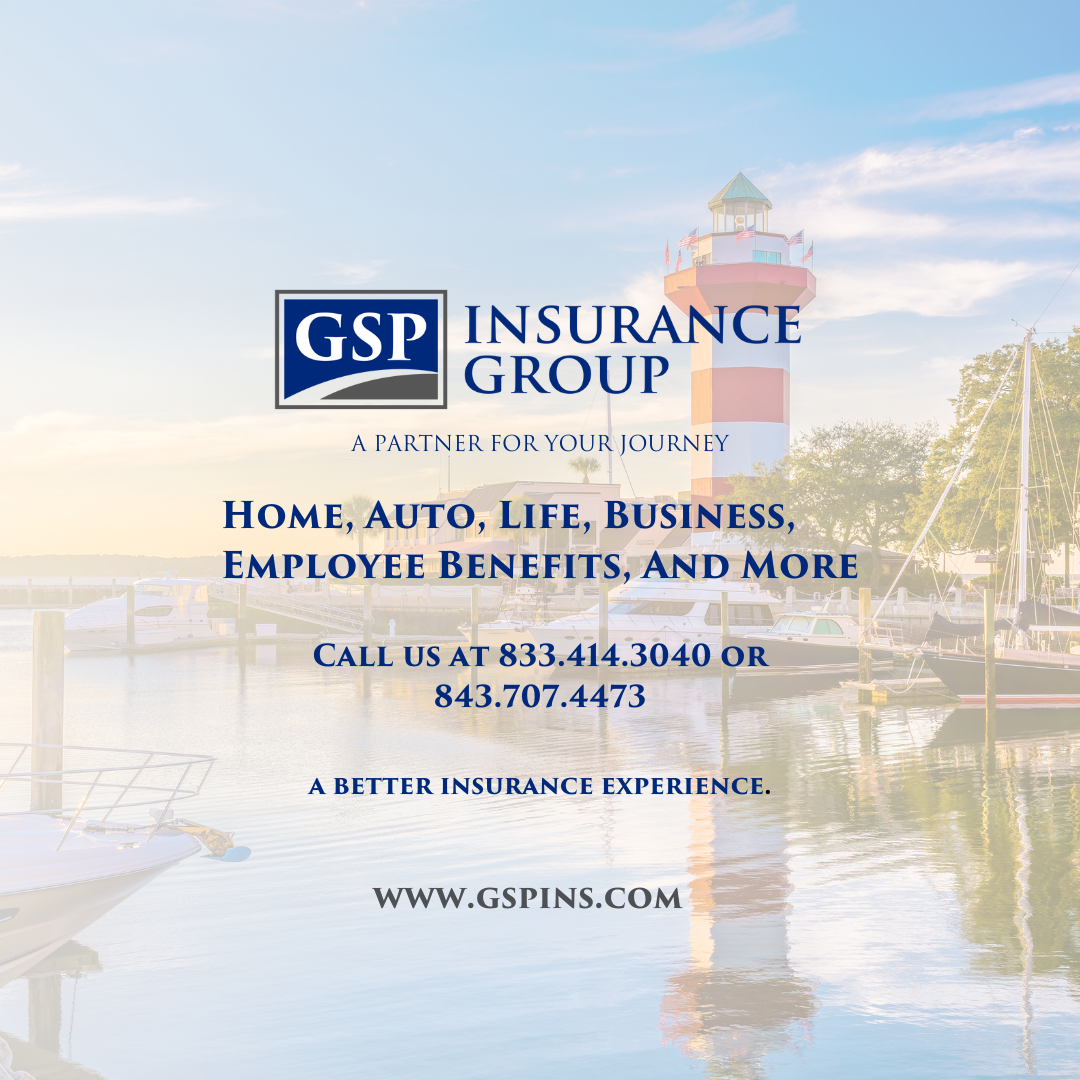
 RSS Feed
RSS Feed